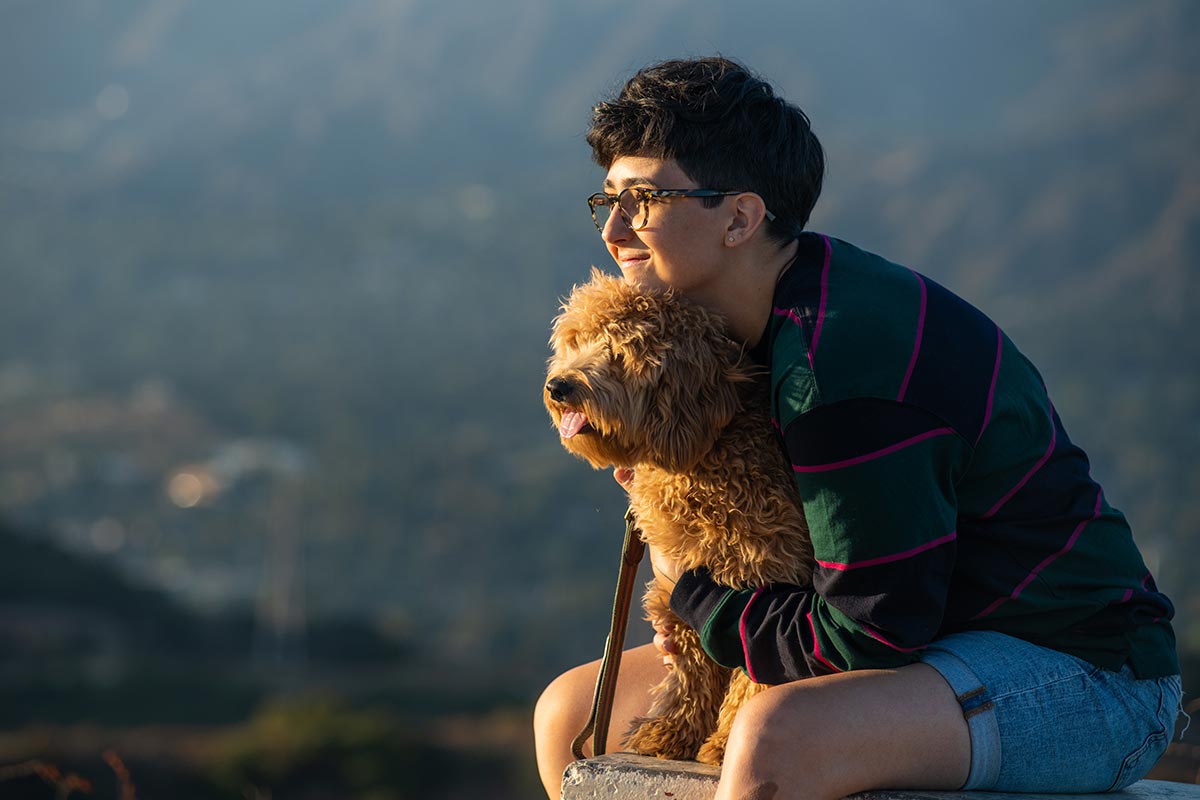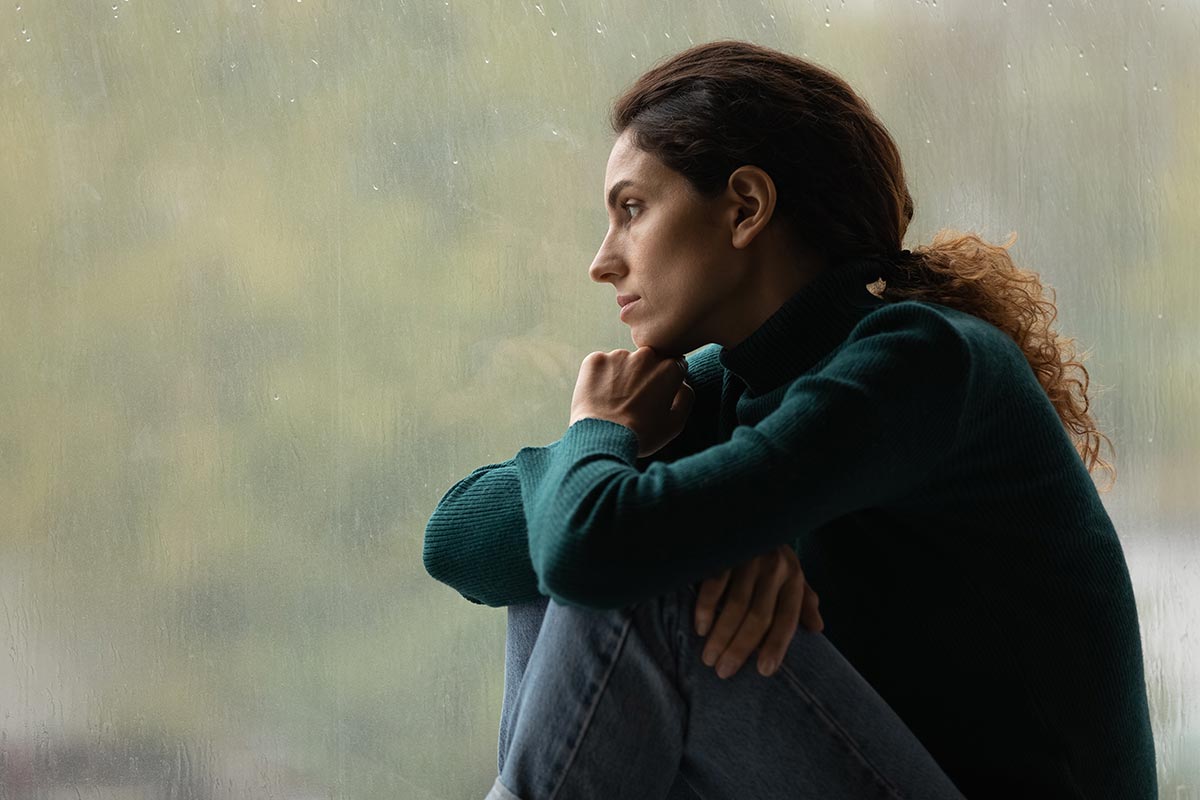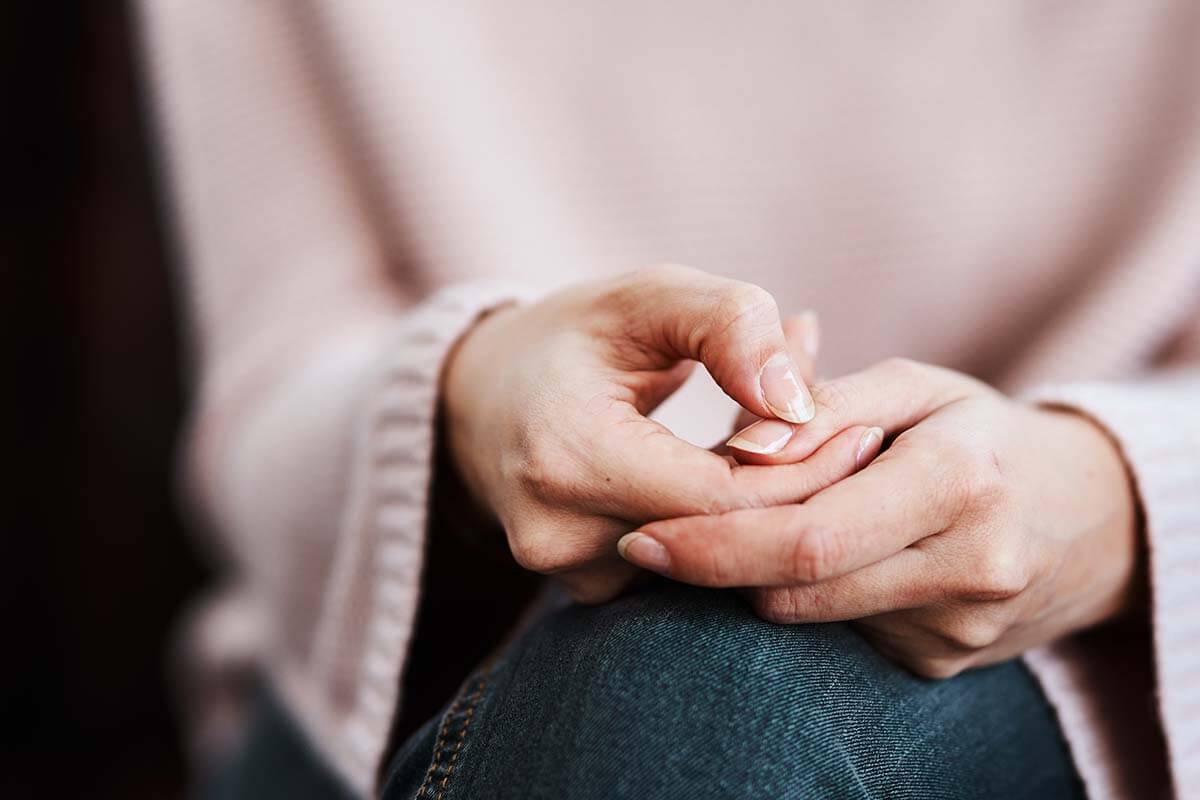When you think of survivors of domestic violence, who do you picture? Many studies report the effects of domestic violence within the context of a heterosexual relationship and focus on cisgender people (people whose gender corresponds with their birth sex). However, advocates and mandated reporters need to be aware of how intimate partner violence (IPV) affects all communities. In fact, members of LGBTQ+ communities are at a similar or even greater risk of experiencing IPV within their lifetime.
This Domestic Violence Awareness Month, make sure you know how this widespread tragedy affects all communities so you can better advocate for victims and survivors.
How common is domestic violence in LGBTQ+ couples?
Not all members of the LGBTQ+ community experience domestic violence at equal rates; the prevalence of LGBTQ+ intimate partner violence is often affected by one’s identity and other unique risk factors. For example:
- Gay men and lesbian women experience IPV at a similar rate to heterosexual groups - 25.2% of gay men and 40.4% of lesbians, compared to 28.7% of heterosexual men and 32.3% of heterosexual women.
- 37.3% of bisexual men also experience intimate partner violence, a similar rate to gay and heterosexual men, according to a 2015 survey. This difference is slightly higher but, per the survey, not statistically significant.
- Nearly 3 out of 5 bisexual women, or 56.9%, experience rape, physical violence, or stalking by an intimate partner.
- Alarmingly, more than half of transgender and nonbinary individuals experience IPV in their lifetimes, at a rate of 54%.
- LGBTQ+ youth report higher rates of dating and IPV than their straight peers. 18% of LGBTQ+ youth experience physical dating violence, compared to 7% of non-LGBTQ+ youth. 16% experienced sexual dating violence compared to 8% of heterosexual or cisgender youth. LGBTQ+ youth of color were at a greater risk.
What barriers to help do LGBTQ+ survivors face?
There are unique risk factors facing members of the LGBTQ+ community that can contribute to similar or higher rates of domestic violence compared to heterosexual people.
This can include risk factors and barriers to seeking help, such as:
The risk of outing oneself by seeking help or threats from an abusive partner.
- Prior experiences of physical or psychological trauma, such as bullying or hate crime, may make LGBTQ+ victims less likely to seek assistance, according to the National Coalition Against Domestic Violence.
- Societal misconceptions that domestic violence does not occur in LGBTQ+ relationships.
- Fear that airing problems among the LGBTQ+ population will take away from progress toward equality or fuel anti-LGBTQ+ bias.
- Low levels of confidence in the effectiveness of the legal system for LGBTQ+ people.
- Racism or a lack of intersectional services among non-LGBTQ+ and LGBTQ+-specific programs.
- The risk of being denied services due to their identity; according to the Human Rights Campaign, 85% of service providers working with LGBTQ+ victims report that the victim had previously been denied services because of their sexual orientation or gender identity.
Continued research and advocacy are essential in helping LGBTQ+ people experiencing domestic violence connect with services that could potentially save their lives. If you or someone you love is experiencing domestic violence, reach out to the National Domestic Violence Hotline.



